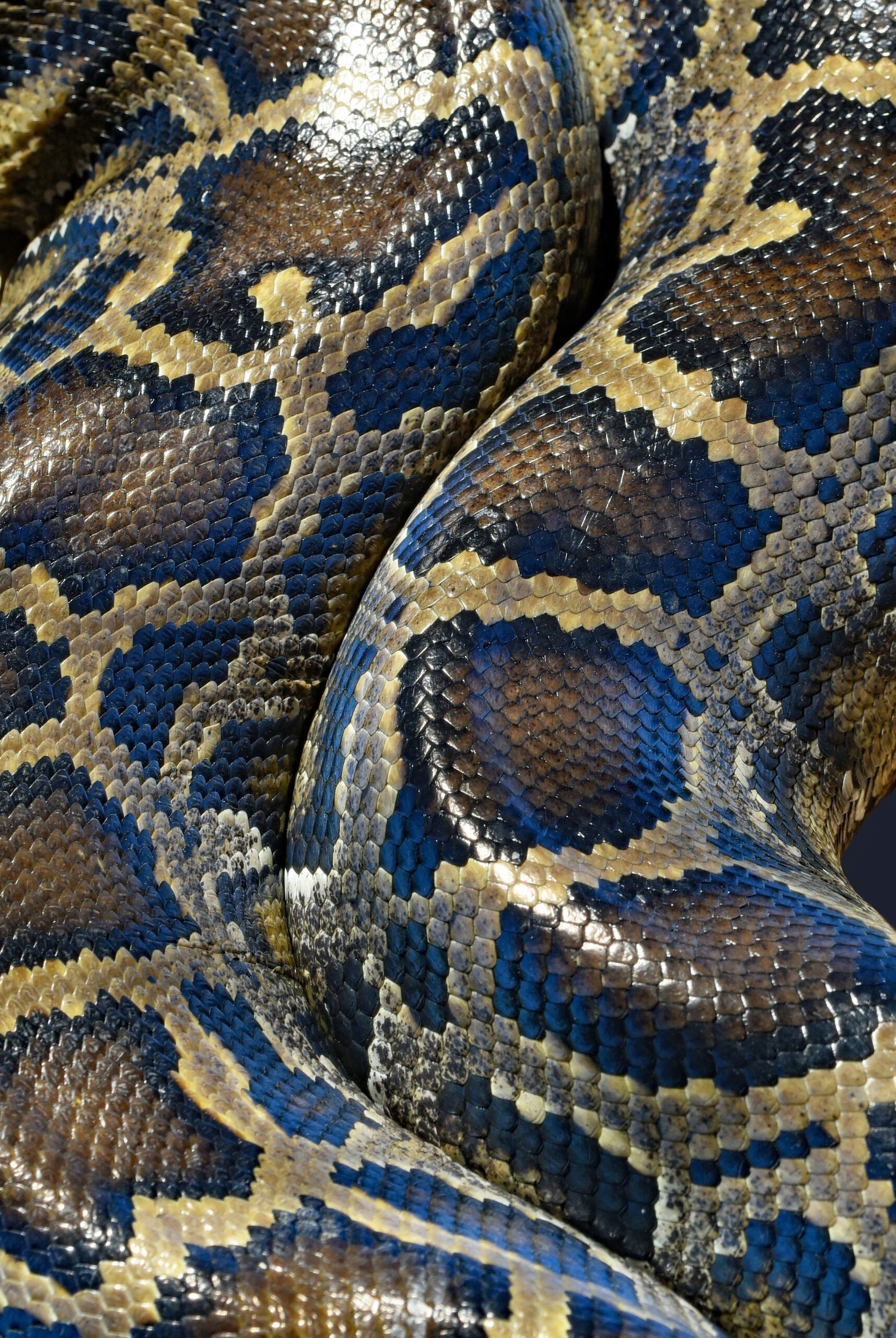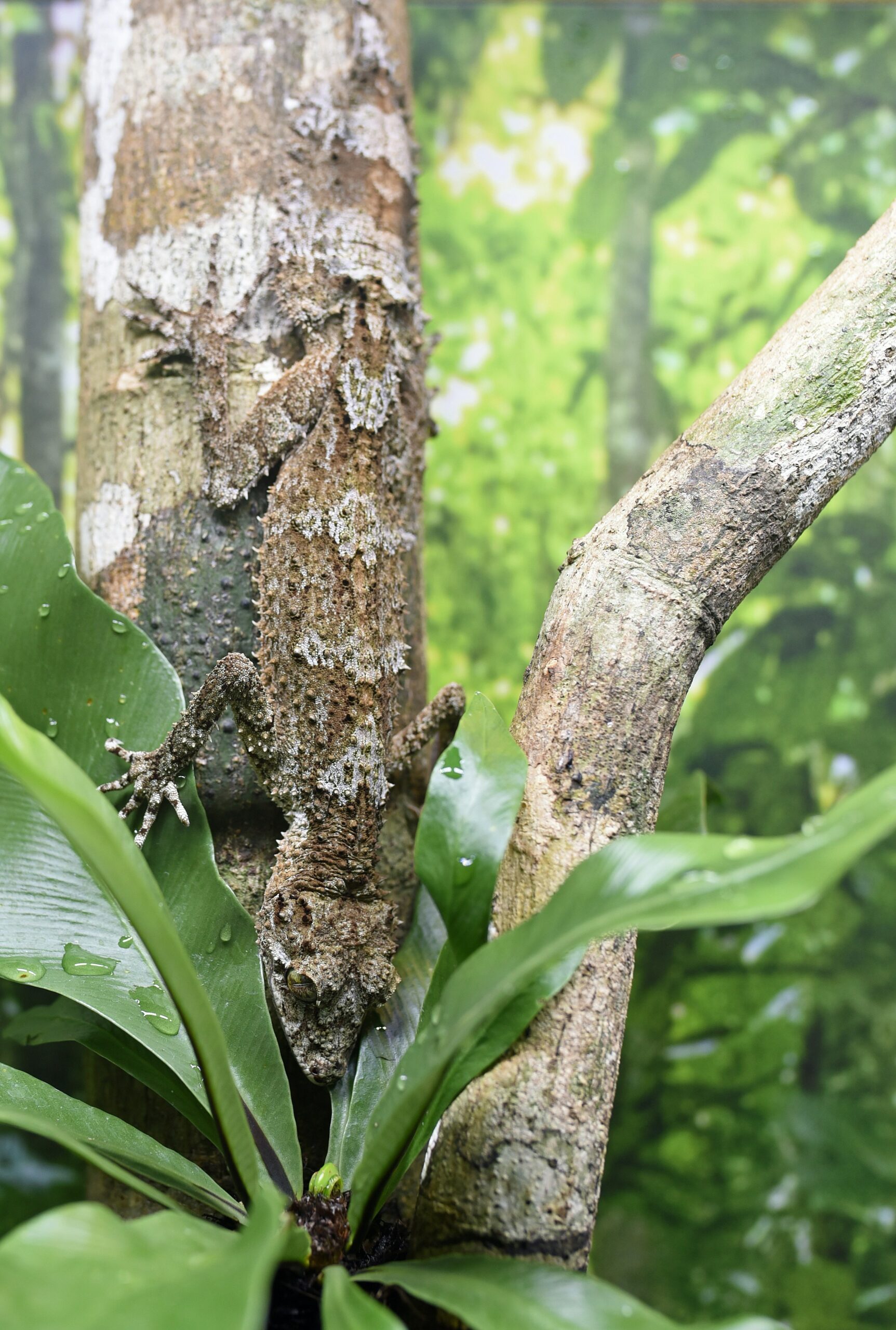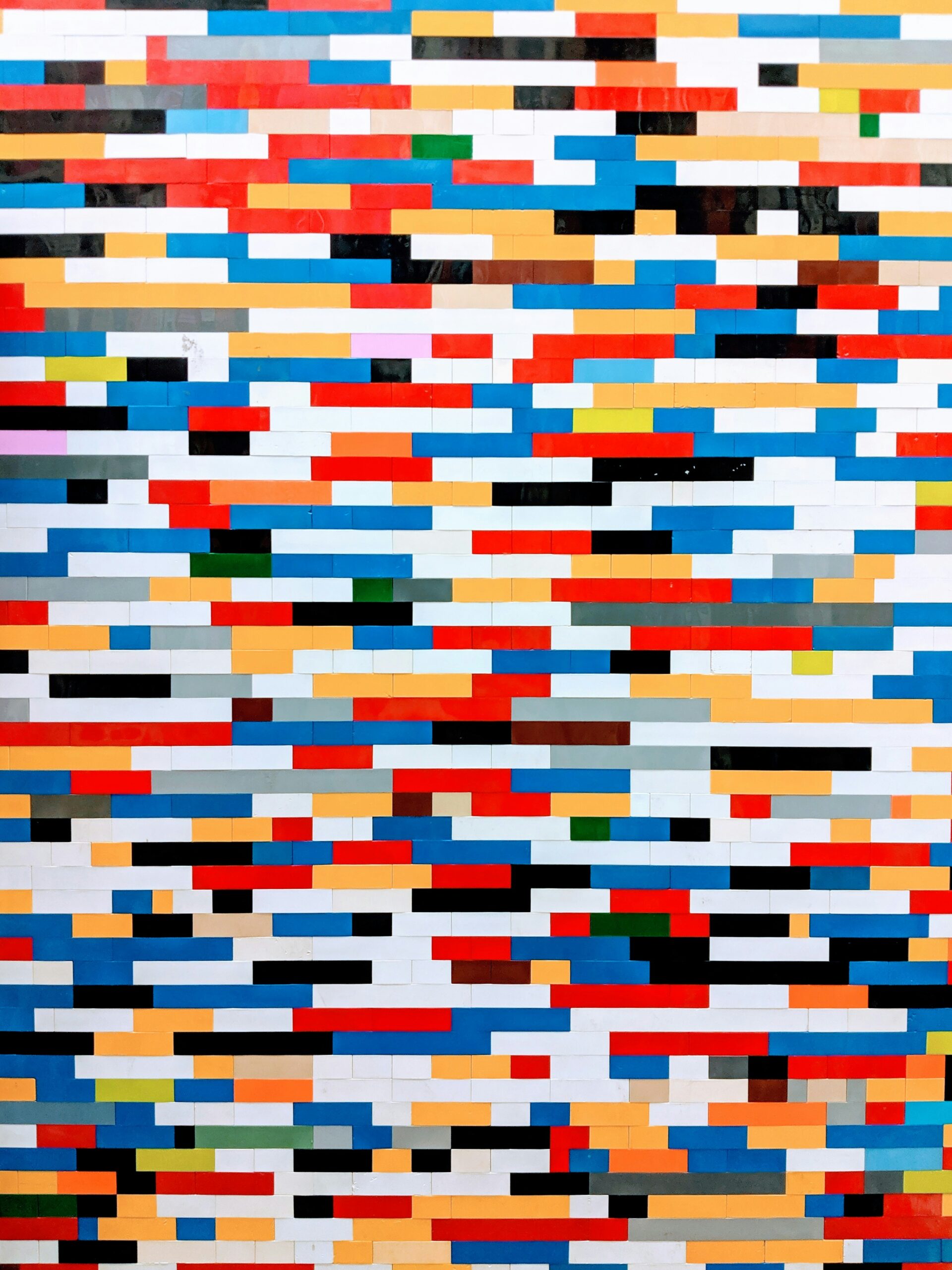Have you ever wondered why camouflage clothing made its transition from military use to becoming a fashionable trend? This article will explore the intriguing reasons behind this shift, delving into the cultural shifts that played a role, the influence of popular culture, and the evolution of fashion. From its humble beginnings as a practical and effective camouflage pattern for soldiers, camouflage clothing has now become a style statement embraced by people of all ages and backgrounds. Join us on this fascinating journey to uncover the captivating story behind this fashion phenomenon.

Origin of Camouflage Clothing
The concept behind camouflage
Camouflage clothing originated from the need to blend into one’s surroundings and stay hidden. The concept of camouflage has its roots in nature, where animals use natural patterns and colors to escape predators or ambush prey. The military saw the potential of applying this idea to their operations, as it allowed soldiers to remain unnoticed and gain a tactical advantage on the battlefield.
The first use of camouflage in the military
The first use of camouflage by the military can be traced back to the early 20th century. During World War I, armies began experimenting with disruptive patterns on uniforms and equipment to make them less visible against the background. French artist Lucien-Victor Guirand de Scevola is often credited as the inventor of modern military camouflage, as he developed the first practical camouflage patterns for military use.
Evolution of Camouflage Patterns
Development of different camouflage patterns
As military tactics and technology evolved, so did camouflage patterns. The development of different camouflage patterns was driven by the need to adapt to various environments and terrains. Woodland camouflage, featuring blotches of earthy tones such as green and brown, became popular for operations in forested areas. Desert camouflage, characterized by sandy colors, was designed for arid landscapes. Snow camouflage, with its white and gray tones, was tailored for snowy environments. The variety of patterns allowed soldiers to blend in seamlessly with their surroundings and increase their chances of survival.
Purpose behind variance in designs
The variance in camouflage designs serves multiple purposes. Firstly, it allows for differentiation between branches of the military, helping soldiers identify their comrades and maintain unity. For example, the United States Marine Corps implemented a unique pattern called MARPAT, which features a blend of woodland and desert colors, distinguishing them from other military branches. Secondly, different camouflage patterns cater to specific operational needs. For instance, the digital camouflage pattern adopted by many militaries in recent years uses pixelated shapes that disrupt the outline of the human body, making it harder to detect in open terrains.
Military Influence on Fashion
Generational shifts in perception of military apparel
Over time, military apparel has undergone a significant shift in perception among different generations. In the past, military uniforms were predominantly associated with the armed forces, and wearing them outside of military service was seen as unconventional or even disrespectful. However, as society progressed, younger generations began to view military-inspired fashion as stylish and edgy. The ruggedness, functionality, and perceived toughness of military clothing attracted a new wave of fashion enthusiasts.
Influence of conflict periods on fashion trends
Conflicts and war periods have often influenced fashion trends, including the adoption of camouflage clothing. During World War II, the military played a prominent role in society, and this translated into fashion trends. People began to see military uniforms as a symbol of strength, patriotism, and resilience, and these values were reflected in civilian clothing. The post-war period saw an increase in surplus military clothing availability, allowing civilians to incorporate military-inspired items into their wardrobe, including camouflage patterns.
Post-War Popularity of Camouflage
Re-purposing of military surplus
After major conflicts, such as World War II, surplus military gear flooded the market. This surplus included clothing, equipment, and accessories, including camouflage garments. Many individuals, seeking affordable and durable clothing options, turned to military surplus stores. This trend led to the popularity of camouflage clothing among civilians, as it provided a sense of authenticity and a connection to the military.
Use of camouflage in popular culture
The rise of camouflage in popular culture can be attributed to its adoption by iconic figures and its portrayal in various forms of media. Celebrities and musicians began incorporating camouflage clothing into their wardrobes, sparking widespread interest and making it a fashion statement. Additionally, movies, TV shows, and video games featuring characters donning camouflage attire further popularized its use. Camouflage became synonymous with rebellion, individuality, and a sense of adventure, appealing to a broad range of individuals.

Camouflage as a Symbol of Protest
Camouflage in the counterculture movements
During the 1960s and 1970s, counterculture movements such as the anti-war movement and the civil rights movement emerged. Camouflage clothing became a symbol of protest against government policies and militarism. Activists would wear camouflage attire as a way to visually challenge the establishment and express their dissent. The boldness and rebelliousness associated with camouflage made it a powerful tool for activists to send a message of resistance.
Anti-war sentiment and dissent
The divisive nature of war, particularly during periods of conflict, led to heightened anti-war sentiment and dissent. Many groups opposed the government’s involvement in wars and sought to express their opposition through various means, including fashion. Wearing camouflage clothing became a way to express solidarity with those affected by war and to question the policies and actions of the military-industrial complex.
Emergence of Camouflage in High Fashion
Adoption by prominent fashion designers
In the 1980s, camouflage clothing made its way into high fashion. Prominent designers such as Jean-Paul Gaultier and Vivienne Westwood started incorporating camouflage patterns into their collections. This marked a significant departure from the traditional military context of camouflage, as it was now being embraced as a fashion statement rather than strictly utilitarian attire. Designers added their unique flair to camouflage through innovative cuts, materials, and color palettes, making it more accessible and appealing to mainstream consumers.
Influence of streetwear on high fashion
Streetwear, a fashion movement that originated from urban culture and youth subcultures, played a pivotal role in the emergence of camouflage in high fashion. Streetwear often draws inspiration from military aesthetics, and camouflage patterns were a natural fit for this style. As streetwear gained popularity globally, it served as a bridge between mainstream fashion and counterculture, allowing camouflage to break free from its military origins and become a mainstream fashion trend.

Modern Day Use and Acceptance
Camouflage in everyday wear
Camouflage clothing has found its way into many individuals’ everyday wardrobes. It is no longer limited to military personnel or fashion enthusiasts but has become a staple in casual attire. Camouflage-patterned jackets, shirts, pants, and accessories can be seen on streets around the world. The versatility of camouflage, its ability to blend in or make a bold statement, makes it appealing to people from all walks of life.
Acceptance in professional and corporate settings
In recent years, camouflage clothing has even gained acceptance in professional and corporate settings. The boundaries between casual and formal wear have blurred, and camouflage patterns are now seen as a way to inject personality and individuality into office attire. Some companies have even introduced dress-down or “casual Friday” policies that allow employees to wear camouflage and other non-traditional patterns, fostering a more relaxed and creative work environment.
Camouflage Clothing and Identity
Expression of freedom and power
For many individuals, wearing camouflage clothing is more than just a fashion choice. It is a form of self-expression, allowing them to showcase their connection to nature, adventure, and a sense of freedom. The powerful imagery associated with camouflage resonates with those who value independence and strength. Wearing camouflage can make individuals feel empowered and assertive, embodying the characteristics often associated with military and outdoor enthusiasts.
Connection with outdoor, adventurous lifestyle
Camouflage clothing is often associated with outdoor activities such as hunting, fishing, and camping. The natural colors and patterns of camouflage blend seamlessly with nature, allowing individuals to feel a deeper connection to the environment. Through wearing camouflage attire, people express their love for the outdoors, adventure, and the thrill of exploring uncharted territories. It serves as a visual link between individuals and their appreciation for outdoor activities and the natural world.
International Perspective on Camouflage Fashion
Perception and use in other cultures
The perception and use of camouflage fashion vary across different cultures. While it is widely embraced and celebrated in western societies, it may carry different connotations in other parts of the world. In some countries, camouflage clothing is closely associated with military or paramilitary groups, creating a sense of unease or even fear among the general population. However, in certain cultures, camouflage continues to be seen as a symbol of protection and strength, leading to its adoption in fashion trends regardless of its military origins.
Legal restrictions and social norms abroad
In some countries, there are legal restrictions on the use of camouflage patterns outside of military or law enforcement contexts. This is to prevent confusion, as unauthorized individuals wearing camouflage may be mistaken for military personnel or pose a threat to public safety. Social norms also play a role in the acceptance of camouflage fashion abroad, with some cultures embracing it more readily than others based on their historical and cultural associations with military garb.
Future of Camouflage Fashion
Projected trends and influences
The future of camouflage fashion looks promising, with continued innovation and adoption of the pattern expected. As fashion continues to evolve, designers will likely experiment with new color palettes, materials, and technologies to reimagine camouflage in fresh and exciting ways. The growing interest in sustainability may also influence camouflage fashion, with a focus on eco-friendly materials and production methods. Additionally, collaborations between fashion brands and military institutions may influence the future of camouflage clothing, leading to unique and functional designs that bridge the gap between fashion and utility.
Innovation and sustainability in camouflage fashion
With sustainability becoming a pressing concern, the fashion industry is placing increased emphasis on environmentally friendly practices. This shift towards sustainability will likely impact camouflage fashion, encouraging the use of organic or recycled materials and promoting responsible manufacturing processes. Innovations in fabric technology may also yield novel approaches to camouflage, such as adaptive patterns that adjust to different environments or fabrics that incorporate natural elements for enhanced concealment. The future of camouflage fashion lies in striking a balance between style, functionality, and sustainability.

